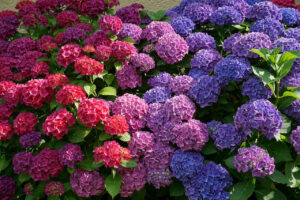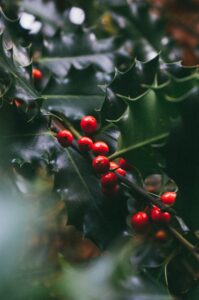You’re wondering why your grass went from a dark, beautiful green to a dead looking yellow brown?
Don’t worry! In our area, this is commonplace for this time of year. I’ll explain below. In our zone (7A), the most common turf type is a mix of Rye, Fescue, and Bluegrass. These are referred to as “Cool Season Grasses”, meaning they survive best in temperatures from 60 degrees to 75 degrees Fahrenheit. This is a contrast from warm season grasses, such as St. Augustine, Zoysia, and Bermuda. Warm season grasses perform best in temperatures ranging from 80 degrees to 95 degrees Fahrenheit.
Temperature is very important in cool season grasses. Once the temperature reaches out of the optimum range, the grass will go into dormancy. Dormancy is when the grass’ growing, development, and physical activities stop to preserve energy. Essentially, the grass goes into hibernation to get it through the heat.
Irrigation is also a consideration in dormancy. If you have a irrigation system, the grass still has the possibility of going into dormancy. Your irrigation system cannot put out enough water to keep the grass totally green. The only thing that can shorten dormancy is good, consistent rainfall.
Dormancy is totally normal and should not be worried about. In fact, you should be happy that the grass is protecting itself through the heat so it can once again be beautiful once the temperatures drop. Usually dormancy happens in July and August. Once the temperatures start to drop in September, and rainfall starts to pick up, your grass will return to its original green.
In regards to fertilizing, usually it is not recommended when the grass is in dormancy. You can get away with still building your soil with nutrients, but be wary of using high nitrogen fertilizers, which will push top growth in the heat, which will damage the turf and possibly introduce fungi.
If your lawn is a mixture of brown and green, you probably have a mixture of cool season and warm season grasses. This is normal as well, as it is common to sew both types to maintain green year round.
If you have any questions, please feel free to email us. If I do not have the answer, I will consult with the Penn state extension and get the answer on your behalf.





